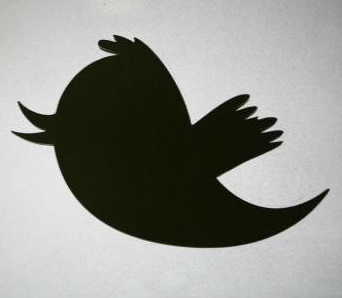Twitter study plots leaders' leanings
 A study of over 50,000 Twitter posts has shown where Australian politicians ‘really’ sit on the left-right divide.
A study of over 50,000 Twitter posts has shown where Australian politicians ‘really’ sit on the left-right divide.
The study, based on key words, comments and statements, used advanced computer algorithms to spot and collate ‘left’ or ‘right’ leaning comments.
Flinders University’s Professor Thaddeus Kousser said the system reveals what percentages of politicians’ tweets are right-leaning vs. left-leaning, when they have a clear ideological tilt.
The study found that Education Minister Christopher Pyne received one of the highest scores for ‘right’ leaning tweets, at 90 per cent.
Labor leader Bill Shorten’s tweets leaned right just 7 per cent of the time, and thus leaned left 93 per cent of the time.
Interestingly, Professor Kousser found that Prime Minister Tony Abbott moved slightly toward the centre during the last election, dropping from 71 per cent of tweets leaning right to 63 per cent during campaigning.
He then returned to 71 per cent right-leaning afterwards.
Professor Kousser said despite signs of extreme polarisation in Australian politics, there was some middle ground to be found, with some Labor and Liberal MPs ‘crossing over’ on a left-right scale.
“Essentially, Australian politicians are where politicians in the US were pre-Watergate,” said Professor Kousser.
“Which is to say that there is evidence that things are not as polarised as they are in the US at present, which has led at times to political paralysis.”
“The Foreign Minister, Julie Bishop, for example, scores further to the left than some Labor MPs, and there are similar findings for others.”
Professor Kousser’s findings are part of a larger investigation of political polarisation.
Similar techniques will now be applied to what Australian politicians say in interviews, on the Australian Candidate Survey, on other social media, and in their maiden speeches.








 Print
Print